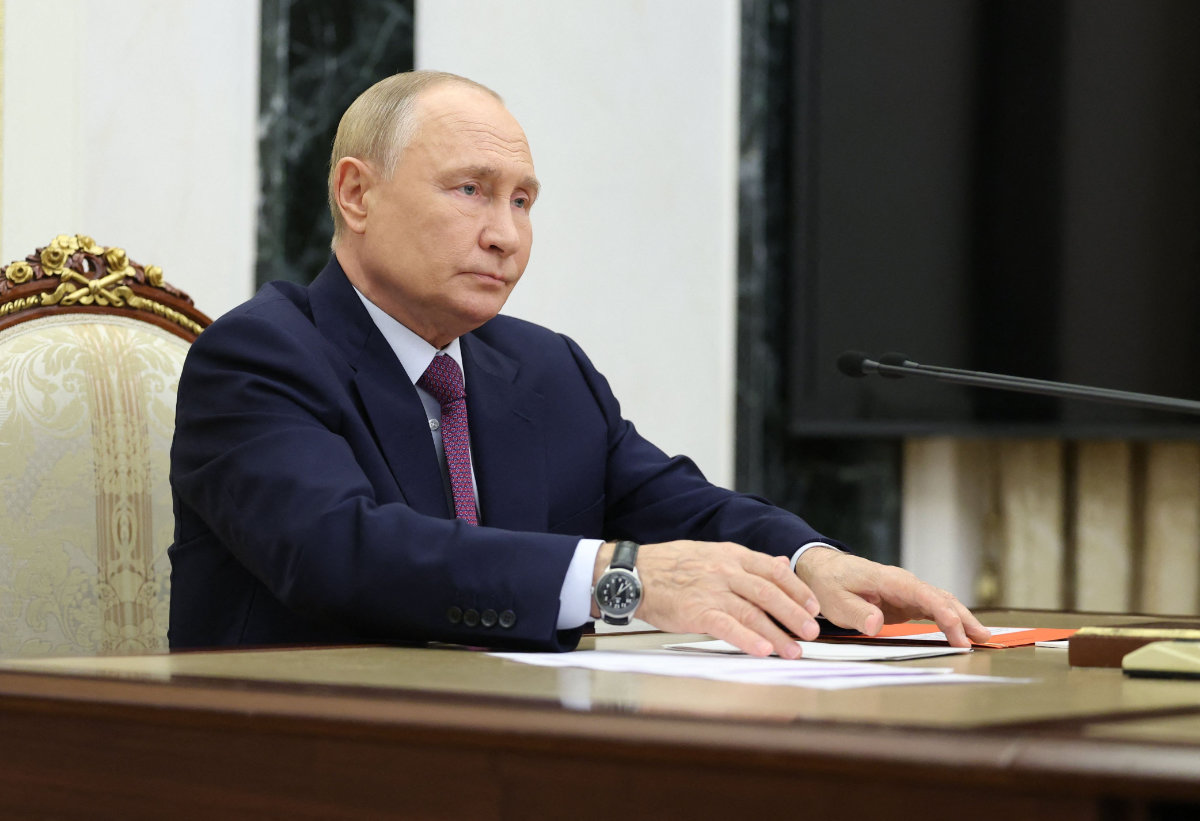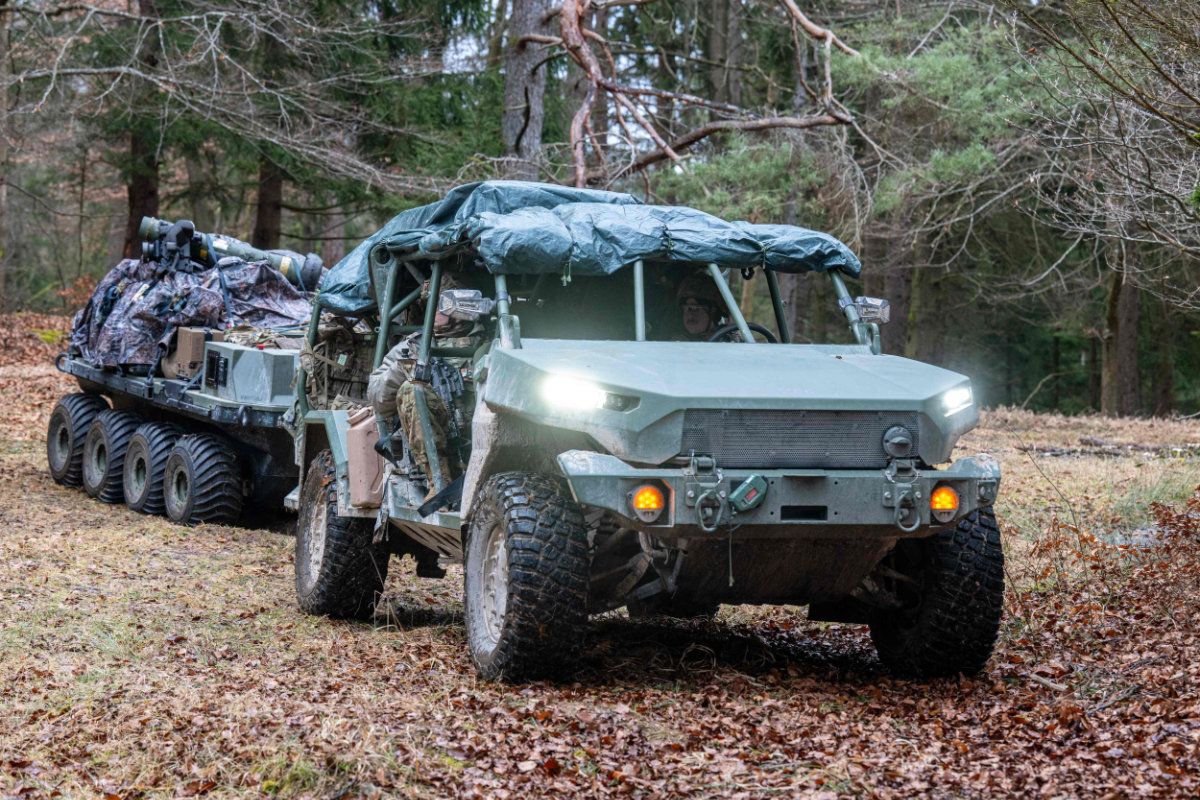MOSCOW: Changes in Russia’s nuclear doctrine that were announced by President Vladimir Putin are intended to discourage Ukraine’s Western allies from supporting attacks on Russia, the Kremlin said Thursday.
The United States and the European Union both denounced the latest statements by the Russian leader as “irresponsible.”
Kremlin spokesman Dmitry Peskov told reporters that the revisions in the document outlined Wednesday by Putin are a “warning signal to those countries about the consequences in case of their involvement in an attack on our country with various assets, not necessarily nuclear ones.”
In the strong, new warning to the West, Putin said that any nation’s conventional attack on Russia that is supported by a nuclear power will be considered a joint attack on his country.
The threat was clearly aimed at discouraging the West from allowing Ukraine to strike Russia with longer-range weapons and appears to significantly lower the threshold for the possible use of Russia’s nuclear arsenal.

Russia's President Vladimir Putin chairs a Security Council meeting in Moscow on September 25, 2024. (Sputnik pool photo via AFP)
Speaking at Wednesday’s Security Council meeting that discussed changes in the doctrine, Putin didn’t specify whether the modified document envisages a nuclear response to such an attack. He emphasized, however, that Russia could use nuclear weapons in response to a conventional assault posing a “critical threat to our sovereignty,” a vague formulation that leaves broad room for interpretation.
US Secretary of State Antony Blinken criticized Putin’s statement as “totally irresponsible,” saying on MSNBC that “many in the world have spoken clearly about that when he’s been rattling the nuclear saber, including China in the past.”
“To do that now while the world’s gathered in New York, including talking about the need for more disarmament, nonproliferation, I think that’s going to play very badly around the world,” Blinken said, referring to the meeting of the UN General Assembly.
European Commission spokesman Peter Stano similarly criticized Putin’s statements about the nuclear doctrine as “a continuation of the very irresponsible and unacceptable behavior” by the Russian leader, showing that “he doesn’t shy away from playing the nuclear gamble over and over again.”
Russia is making slow but steady gains in Ukraine as the conflict grinds through its third year, and the Kremlin is seeking to discourage stronger Western support for Kyiv.
Ukraine has repeatedly struck Russian territory with missiles and drones in response to Moscow’s attacks, and Ukrainian President Volodymyr Zelensky has been pushing the US and other Western allies for permission to use the longer-range Western weapons to strike deep inside Russian territory. The Biden administration has said it hasn’t given Kyiv the go-ahead for strikes with American weapons deep inside Russia.
Zelensky met Thursday with Biden, who announced billions of dollars more in new weapons deliveries, including an additional Patriot missile defense battery and a new shipment of glide bombs that can be deployed from F-16 fighter jets, a few of which already have been supplied to Ukraine.
Putin said the revised doctrine spells out conditions for using nuclear weapons in greater detail, noting that they could be used in case of a massive air attack. The new phrasing holds the door open to a potential nuclear response to any aerial attack — a deliberate ambiguity intended to make the West more reluctant to allow longer-range strikes.
Since Putin sent troops into Ukraine in 2022, he and other Kremlin voices have frequently threatened the West with Russia’s nuclear arsenal to discourage it from ramping up support for Kyiv.
Earlier this month, Putin warned the US and other NATO allies that allowing Ukraine to use Western-supplied longer-range weapons to hit Russian territory would put Russia and NATO in a direct conflict.































